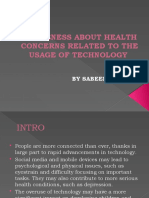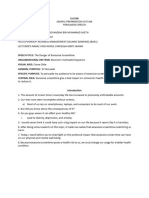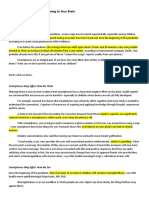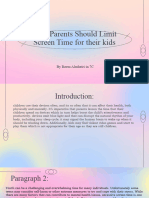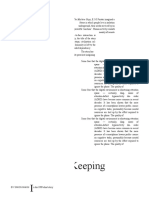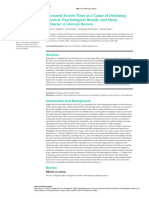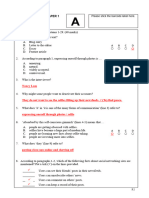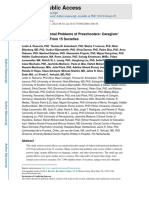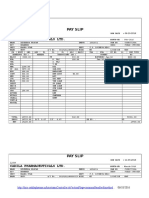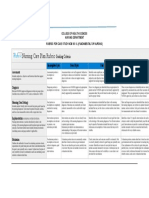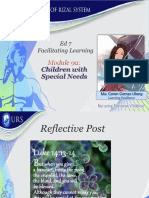0% found this document useful (0 votes)
7 views5 pagesBeyond The Glow
The document discusses the negative impacts of prolonged screen time on both physical and mental health, particularly among students. It highlights issues such as disrupted sleep patterns, digital eye strain, and increased risks of mental health disorders due to excessive use of technology. The authors propose solutions, including the use of technology to monitor and manage screen time, and emphasize the importance of finding a balance between technology use and personal well-being.
Uploaded by
alticenjosemanuel.aupc.ictCopyright
© © All Rights Reserved
We take content rights seriously. If you suspect this is your content, claim it here.
Available Formats
Download as DOCX, PDF, TXT or read online on Scribd
0% found this document useful (0 votes)
7 views5 pagesBeyond The Glow
The document discusses the negative impacts of prolonged screen time on both physical and mental health, particularly among students. It highlights issues such as disrupted sleep patterns, digital eye strain, and increased risks of mental health disorders due to excessive use of technology. The authors propose solutions, including the use of technology to monitor and manage screen time, and emphasize the importance of finding a balance between technology use and personal well-being.
Uploaded by
alticenjosemanuel.aupc.ictCopyright
© © All Rights Reserved
We take content rights seriously. If you suspect this is your content, claim it here.
Available Formats
Download as DOCX, PDF, TXT or read online on Scribd
/ 5




